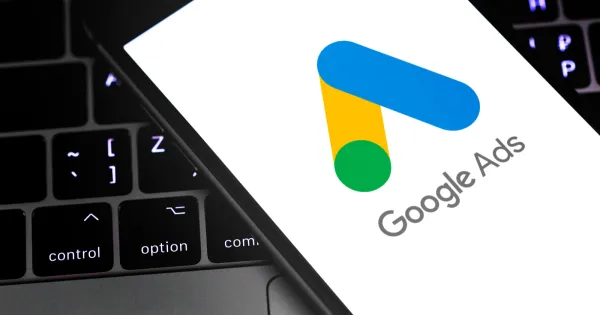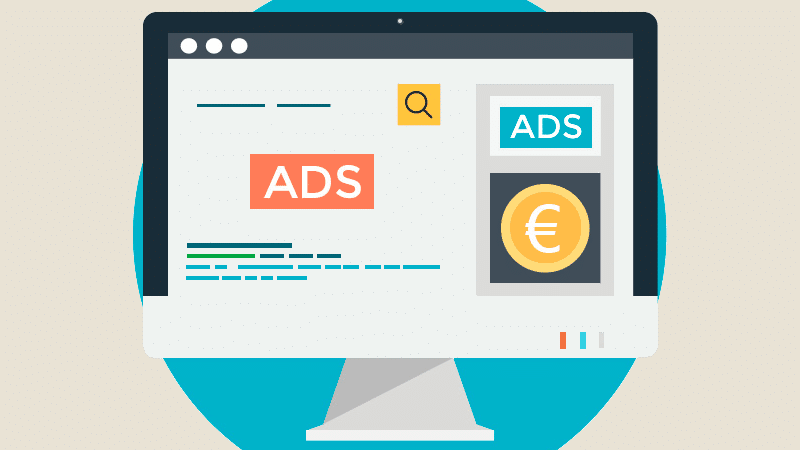Can Webflow Build Apps? Exploring Its Capabilities and Limitations

Introduction
Webflow is a powerful no-code website builder, but can it be used to build apps? Many businesses and developers look for flexible platforms to create apps without deep coding knowledge.
While Webflow excels in web design and front-end development, its ability to build fully functional web and mobile apps comes with some limitations. Let’s explore what Webflow can and cannot do for app development.
What Is Webflow Best At?
Webflow is primarily designed for creating high-quality, responsive websites. It offers:
- No-code website building with a visual editor
- Custom animations and interactions
- Built-in hosting and CMS
- SEO and performance optimization
However, Webflow is not a dedicated app development platform like Flutter, React Native, or Bubble.
Can Webflow Build Apps?
1. Webflow for Web Apps
- You can create progressive web apps (PWAs) using Webflow, which behave like native apps but run in a browser.
- It supports dynamic content, user interactions, and custom logic using JavaScript.
- Limitations: Webflow does not support full backend development, user authentication, or complex app functionalities natively.
2. Webflow for Mobile Apps
- Webflow can be used to design mobile-friendly web apps, but it does not provide native mobile app functionality.
- To convert a Webflow site into a mobile app, you need tools like Thunkable, Glide, or Bravo Studio.
- Limitations: No direct support for push notifications, offline mode, or app store publishing.
3. Webflow with Third-Party Integrations
- Using tools like Zapier, Memberstack, and Airtable, you can add user authentication, databases, and workflows.
- Webflow API allows for some level of automation and data connection, but it's not a full app backend.
How to Use Webflow in App Development
While Webflow alone cannot build full-fledged apps, it can be part of an app development workflow. Here’s how:
- Use Webflow for UI Design – Create stunning app interfaces and export the design for further development.
- Combine Webflow with No-Code Tools – Platforms like Bubble, OutSystems, and Adalo allow you to add app functionality.
- Convert Webflow to an App – Use wrappers like Thunkable or WebViewGold to turn Webflow sites into mobile apps.
- Integrate APIs – Connect Webflow to external databases and authentication systems for more advanced capabilities.
Limitations of Using Webflow for Apps
Webflow is not a replacement for traditional app development. Some key limitations include:
- No native mobile app support
- No built-in user authentication
- No database management beyond CMS
- Limited backend functionalities
If you need an app with complex user interactions, real-time data updates, and mobile-specific features, Webflow alone is not enough.
Conclusion
Webflow is an excellent tool for designing websites and web app prototypes, but it has limitations when it comes to full-scale app development. While it can be used as a front-end builder, third-party tools and coding knowledge are needed for complete app functionality.
For businesses looking to create a simple web app or prototype, Webflow is a great starting point. But for fully functional mobile apps, no-code platforms like Bubble or custom development with React Native or Flutter are better choices.




